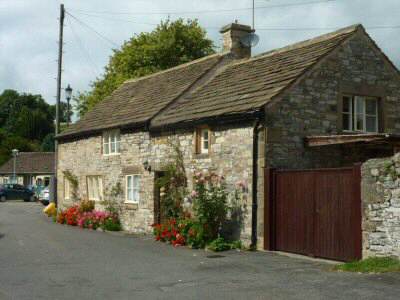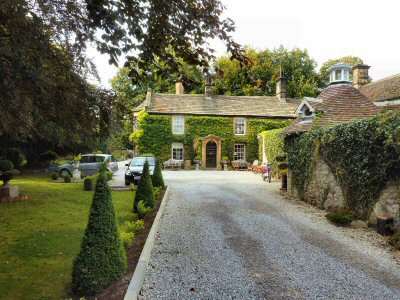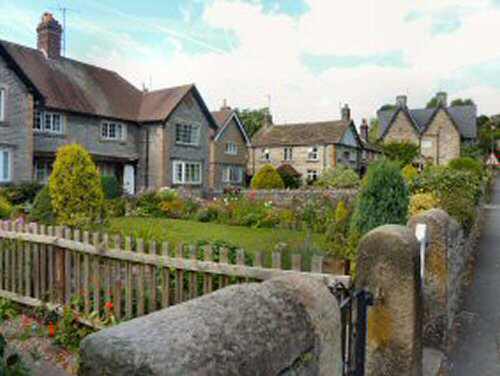ASHFORD-IN-THE-WATER
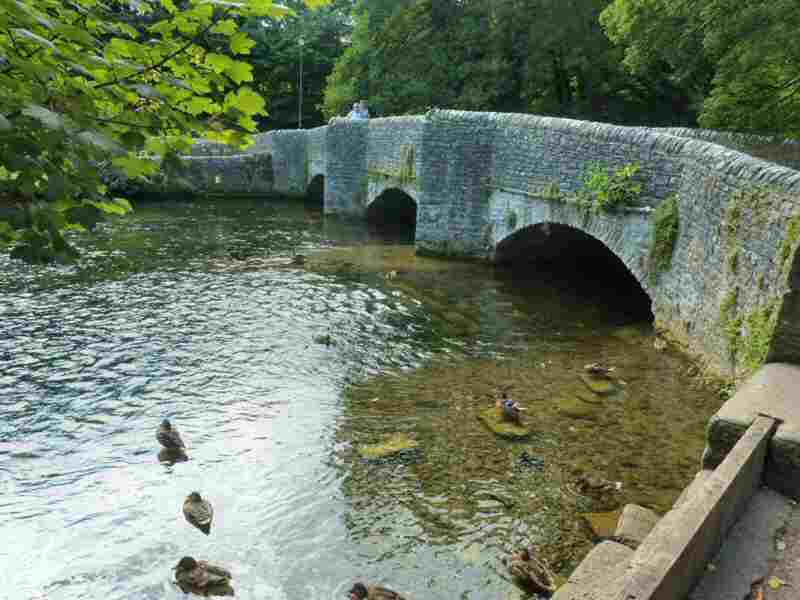
PLAN YOUR DAY OUT
Location: On the northern side of the A6 on the Bakewell to Buxton Road, at the junction with the A619, two miles west of Bakewell. (SK196697).
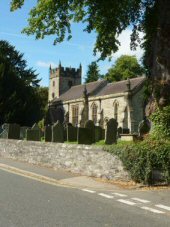
Visit: Explore this stunningly attractive village at any time of the year. – Organise a trip to nearby Thornbridge Hall, a Grade II-listed stately home that has been lovingly restored for a great family day out. – Visit Holy Trinity Church to view the four Virgin Crants hanging in the aisle. These garlands, made from white paper, cut to form rosettes, and fixed to wooden frames, were once carried at the funerals of unmarried girls. They were later hung above the pew where grieving relatives sat.
Refreshments: The Bull’s Head is a fine old coaching inn with roses around the door and seats outside. Aisseford Tea Room is on Church Street, where seating is available inside and out. There is a gift shop on the first floor.
Walk: This is an outstanding walk. It crosses open fields with fine countryside views as it climbs to Monsal Head. From there, you get one of the best views in Derbyshire, of the Wye slowly winding its way down the dale between meadows and the steeply wooded side of the valley. The route passes under the viaduct, past a weir along a wooded gorge to the main road. After a steep climb up to Shacklow Wood, the path gradually descends to join the riverbank by a former water mill and joins the Sheldon Road before returning along the A6 to Ashford.
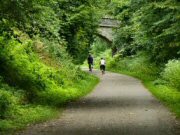
Special Places of Interest in the Locality: The picturesque old market town of Bakewell is set in an enviable location on the banks of the River Wye, in the heart of the Peak District. In 1951, when the Peak was the first of the national parks to be set up in England and Wales, Bakewell – the only town in the park – was the logical choice as the administrative centre. – The Monsal Trail runs along a disused railway line that has been converted into a track for walkers, cyclists, and horse riders. It runs eight and a half miles from Coombs Road Viaduct, one mile southeast of Bakewell, to the head of Chee Dale, about three miles east of Buxton. – Magpie Mine stands one-third of a mile south of the village of Sheldon, from where it can be seen standing darkly silhouetted against the skyline. It is about 1050 feet above sea level. Footpaths approach it both from Sheldon and the Monyash to the Ashford-in-the-Water Road. Members of the public may visit it for external inspection at any reasonable time.
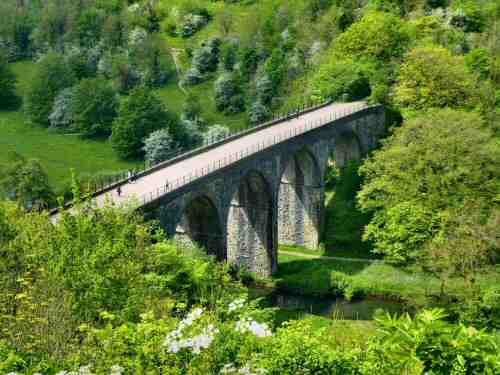
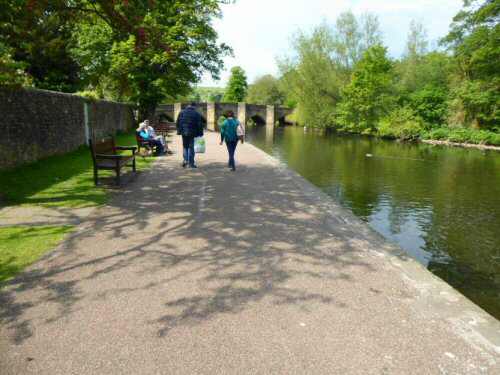
INTRODUCTION
The lovely village of Ashford-in-the-Water nestles snugly on the banks of the River Wye as it slowly meanders south towards Bakewell. The splendour of its setting attracts large numbers of visitors, and over the years, it has inspired the work of many artists and photographers.
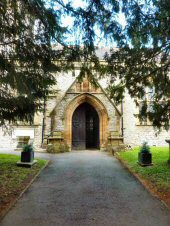
Unlike most Peak villages, Ashford is set in a beautiful valley and lies on the route of the ancient Portway, one of the Peak District’s oldest trackways. It’s mainly 18th-century cottages that are built of smoothly textured limestone, light brown in colour, giving the village a warm and cosy feel. At the time of the Domesday Book, it was a Royal Manor before eventually passing by succession to the Devonshire family. In the 1950s, it was sold off to pay death duties.
SHEEPWASH BRIDGE
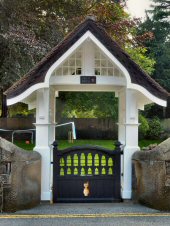
The beautiful, low-arched medieval Sheepwash Bridge, overhung by willow trees, was built on the site of the former Ford across the river. In the 17th century, it was crossed each week by hundreds of packhorses. Widened at least twice, it takes its name from the attached sheep pen. The sheep were thrown unceremoniously into the river, and as they swam across, the shepherds ensured they got a good soaking to clean their fleeces before shearing. No longer open to traffic, the bridge is a favourite spot for visitors who can either feed the ducks or gaze down into the clear waters to see if they can spot a rainbow trout!
INDUSTRY
Lead mining used to be carried out in the area, but the chief industry was marble polishing. Impure forms of limestone mined locally, when polished, turned jet black. This was then cut and used for ornamental purposes. Henry Watson founded what was known as the Ashford Black Marble Works in 1748. The Water Board acquired the site when the business closed in 1905. Marble was very popular in Victorian times and was exported worldwide. One of the finest examples is a tabletop inlaid with pieces of Ashford Marble on display in the village church.
In the 19th century, a stocking industry was set up in Ashford, and by 1829, eighty frames had been worked. The part of the village where the machines were located was called ‘Rattle’ because of the noise generated! One of the stocking frame cottages remains on Hill Cross, whose long upper-floor windows can be identified. In Greaves Lane, Candle House stands on the site of the old candle-making factory. The workers used the word’ greaves’ to describe the dregs of melted tallow.
HOLY TRINITY CHURCH
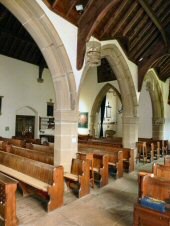
Holy Trinity Church was mostly rebuilt in 1868, but the tower is from the 14th century, and there are also features dating back to the 12th century of an earlier church. An interesting insight into seating arrangements in the church is contained in a document published in 1632. It states that men should sit on the south side, women on the north side of the church, and the Minister’s wife in the seat at the front of the pulpit. Four Virgin Crants hang in the aisle of the church. These garlands, made from white paper, cut to form rosettes, and fixed to wooden frames, were once carried at the funerals of unmarried girls. They were later hung above the pew where grieving relatives sat.
THE VILLAGE

On the old bridge near the cricket ground is an inscription carved simply in the stone: ‘M HYDE 1664’. This relates to a tragic incident when a man was blown off his horse and drowned in the river. Originally, the bridge’s road was built to give access from the village to the Corn Mill. There has been a corn mill at Ashford since at least 1086, when its existence was recorded in the Domesday Book. The present-day building, parts of which go back 400 years, is passed by leats from the Wye on either side of the structure, which used to have two water wheels.
The Parish Pump and the Top Pump are at opposite ends of Fennel Street. The pumps were removed, and a shelter was erected over both wells in 1881. A medieval Tithe Barn stands close to Sheepwash Bridge, as does the Riverside Hotel and Restaurant. At the far end of Church Street are the Parish Rooms, and a little further along the road are the Village Stores, the Bull’s Head, and a small café and shop. The Ashford Arms in Church Street was due to reopen in March 2024 following a long period of closure.
On Trinity Sunday, Ashford celebrates the founding of the church. Following the service, there is a procession to bless the six wells that are dressed annually. Over the years, well-dressing has become deeply established in Ashford and is a highlight of the village’s year, with visitors flocking to see examples of this ancient local custom.
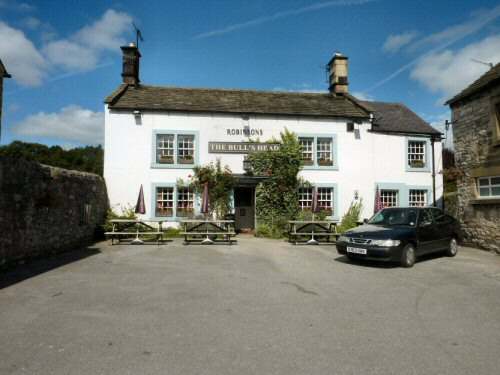
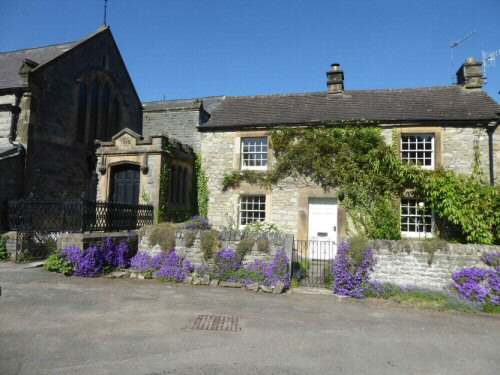
TEN FASCINATING FACTS ABOUT ASHFORD-IN-THE-WATER
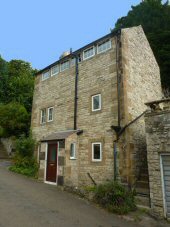
1. Ashford’s attractive little cricket ground is one of the most admired in the county. In recent years, the local club has hosted several benefit matches with Derbyshire County Cricket Club.
2. Out of all the charming houses in the village, the one with the finest location must be The Rookery. Lovely, spacious lawns front this imposing residence that dates back to the 16th century. The River Wye flows through the grounds in a great, majestic loop to complete the picture. In 1941, it became the first home of the former Duke and Duchess of Devonshire.
3. In Holy Trinity Churchyard lies the base and stump of the old market cross, which dates from the 15th century.
4. Ashford is a popular place to start a walk to Monsal Head, where you can enjoy the magnificent views and explore the Monsal Trail.
5. In a recent article in The Times newspaper on the UK’s ’30 prettiest villages’, Ashford-in-the-Water was ranked 20th overall.
6. The Times rated The Bull’s Head as one of the top places to eat locally.
7. Within Ashford’s civil parish, Historic England lists 62 structures for their historic or architectural interest. Ashford Hall and Sheepwash Bridge are listed as Grade II*, and the remainder are Grade II.
8. Thornbridge Hall dates from the 18th century but was enlarged in 1871 and radically altered in a neo-Tudor style in 1897. The Hall and its 14 acres of formal gardens have been lovingly restored. It is now recognised as one of the most beautiful and somewhat unusual stately homes in the U.K.
9. Visitors can book a tour of Thornbridge Hall, stroll the gardens, and enjoy refreshments in Quaker’s Café, which is open seven days a week.
10. Ashford derives its name from the Old English aesc and ford, which means a ford where ash trees grow.
Ashford-in-the-Water Walk
